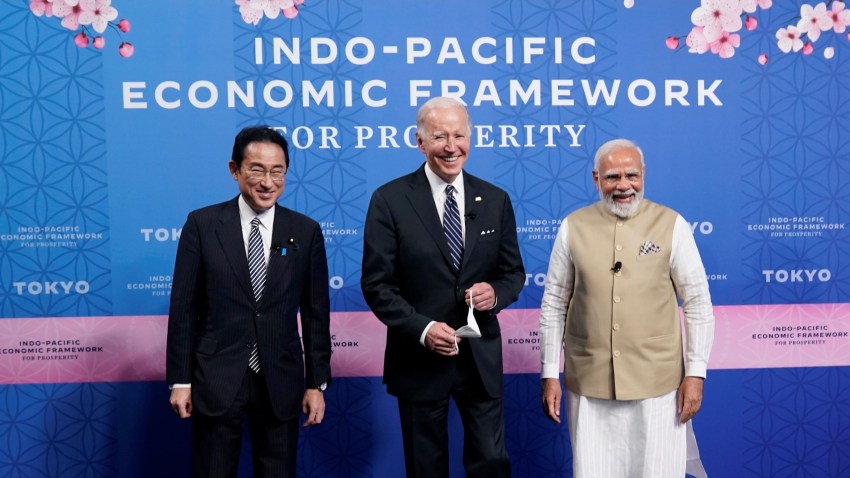Under the leadership of President Xi Jinping, China has begun to more aggressively challenge America’s role as the key economic and political power in Asia. Increasingly repressive at home, Xi has not shied away from asserting China’s regional influence, positioning Beijing as the powerbroker on everything from trade routes to territorial disputes. And with its Belt and Road Initiative, China’s influence is spreading well beyond Asia, into much of Africa and even Europe. China’s ascendance is also evident in how much attention other global powers are paying to Beijing and its policies.
But while China’s rise often makes headlines, it is not the only trend shaping events in Asia. Illiberalism has become a force in democracies like India, where Prime Minister Narendra Modi has ridden the wave of Hindu nationalism to successive electoral victories, with a third one likely in the general election currently taking place. And in the Philippines, former President Rodrigo Duterte’s six years in office undermined the country’s democratic institutions and rule of law, although his successor—Ferdinand Marcos Jr.—has proven to be an improvement in his first two years in office, much to the surprise of many observers. Meanwhile, Myanmar’s already faltering process of democratization came to an abrupt end in February 2021, when the military seized power from the democratically elected government. The subsequent protests and the military’s violent crackdown in response have left the country facing a civil war and failed state status.
Though democracy has taken a hit across parts of the continent, South Korea and Japan continue to offer models of liberalism. Both face challenges, though, primarily of the economic variety. South Korea is attempting to tackle corruption while deepening its ties with other parts of the continent, and Japan’s government is hoping to finally turn the corner on a period of flagging economic growth. But uncertainty over the future of the U.S.-China rivalry, as well as fallout from the war in Ukraine, have dampened the region’s economic prospects.
Regional flashpoints also remain. A deadly border clash between India and China in June 2020 put residual tensions between those two powers back in the spotlight. Afghanistan faces an uncertain road in the aftermath of the U.S. military withdrawal and subsequent Taliban takeover in August 2021. North Korea remains a perpetual wild card. And in the aftermath of Russia’s invasion of Ukraine, the prospect of China using military force to seize control of Taiwan has been the subject of heightened debate.
WPR has covered Asia in detail and continues to examine key questions about what will happen next. Will rising trade protectionism deal a blow to Asia’s dynamic economic growth? What will growing strategic competition between the U.S. and China mean for the region? How will the economic impact of the war in Ukraine affect the region’s economies—and politics? Below are some of the highlights of WPR’s coverage.
Our Most Recent Coverage
Thailand’s Government Promised Change. It’s Delivering Chaos
Last year’s election could have led to solutions to Thailand’s many ills. Instead, Thai politics are once again in chaos.
Editor’s note: This article was originally published in June 2019 and is regularly updated.

